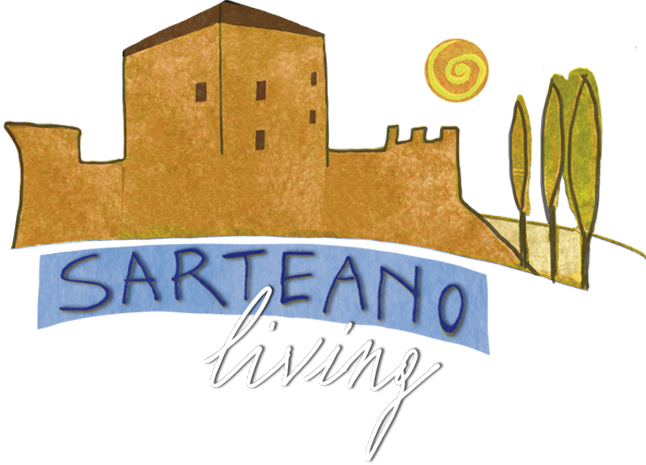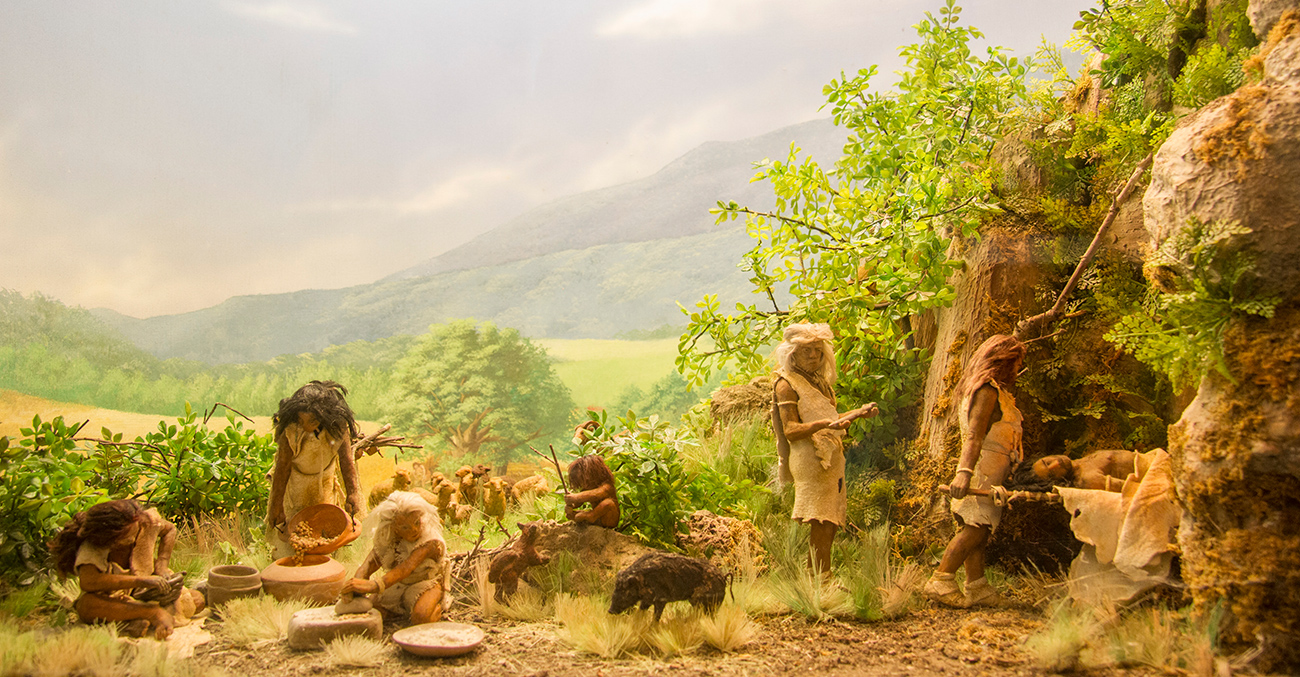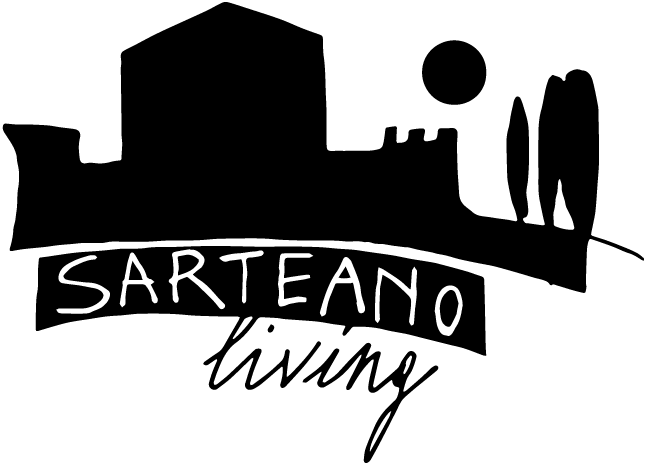
In the area of Sarteano and Cetona, people have lived since the Neolithic. For example, the Bear’s Cave shows occupation from prehistory to the Roman era. Other smaller cavities are on the slopes of Mount Cetona, such as the Toad’s Hole, showing Bronze Age occupations related to water cults.
The first Etruscan settlements occupied the higher hill areas, near the Sferracavalli necropolis, along the road leading to Radicofani, and then, especially in the 7th century BC, in the area towards Castiglioncello del Trinoro. Here, the vast Solaia-Macchiapiana necropolis, with its numerous tombs within canopies, demonstrates the presence of a densely populated settlement, particularly during the late Orientalizing period.
During the Archaic period, that is, in the 6th century BC, the inhabited area shifted to lower hills, just over 500 meters high, to be closer to Chiusi. In the Hellenistic period, in the 3rd and 2nd centuries BC, the settlement of the area spread “like a leopard’s spot,” with scattered but widespread occupation. During this phase, the necropolises spread across numerous sites, including the Mulin Canale site.


